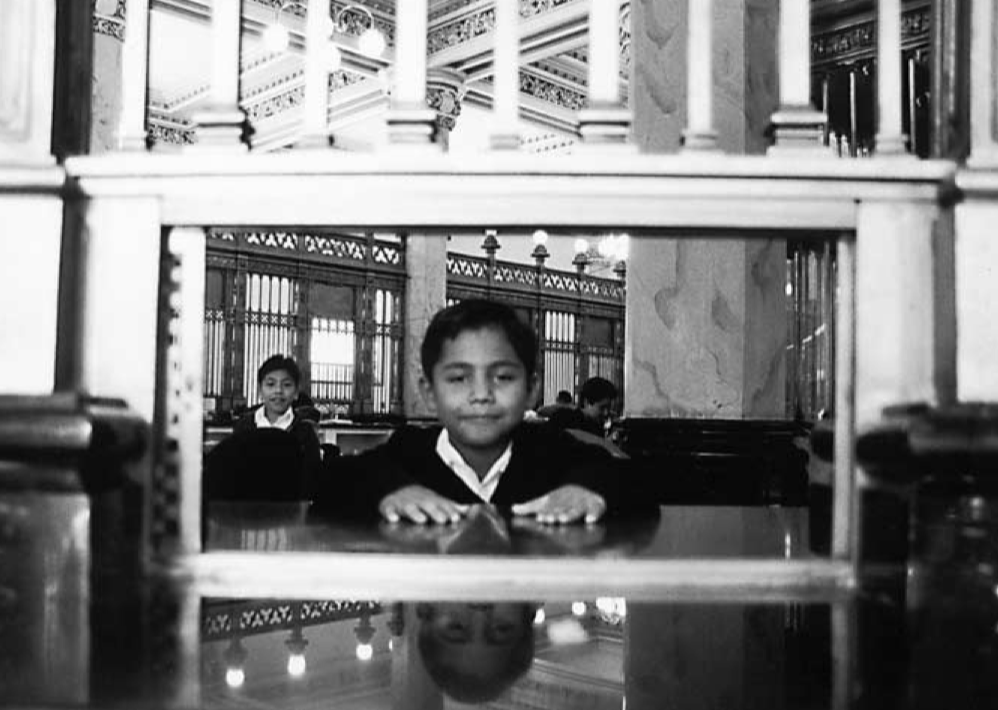
The Children
Winter 2004 | Volume III, Number 2
Table of Contents
Editor’s Letter →
by June Carolyn Erlick
Thinking on Children
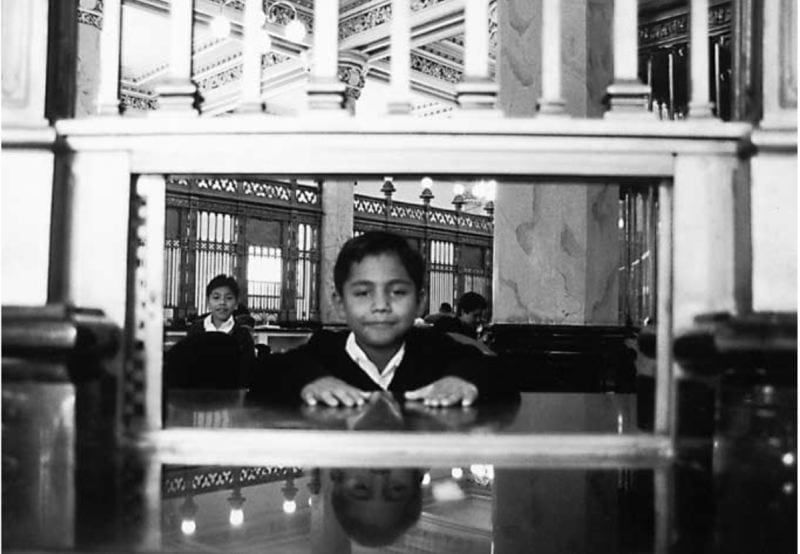
Reconfiguring Childhood
Children are a spur, a commitment, a way of imagining the future—but all too often these sorts of phrases just rattle around a vacuum, their utterance the beginning and end of the…
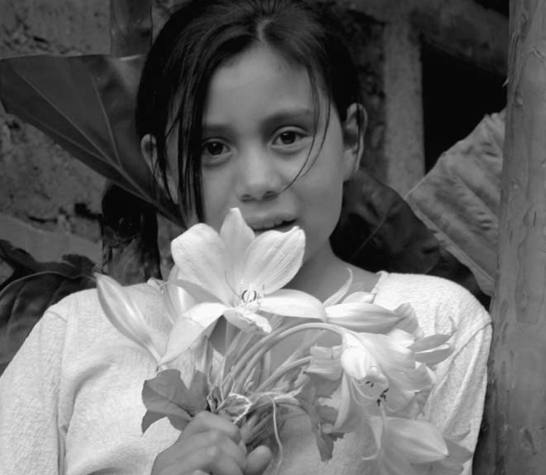
Children First in Peru?
In 2000, Save the Children Sweden (SCS) asked us to find children in the Peruvian public budget. At the end of a decade in which, according to the government, children would come first, this…
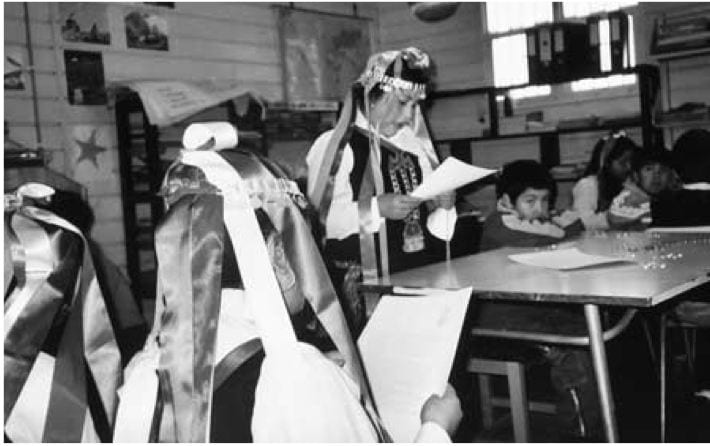
Children and Globalization
I’ve spent an hour talking to the children in this school in the south of Chile. I’ve carefully looked at their well-kept notebooks. I’ve heard them read from their books and asked them questions…
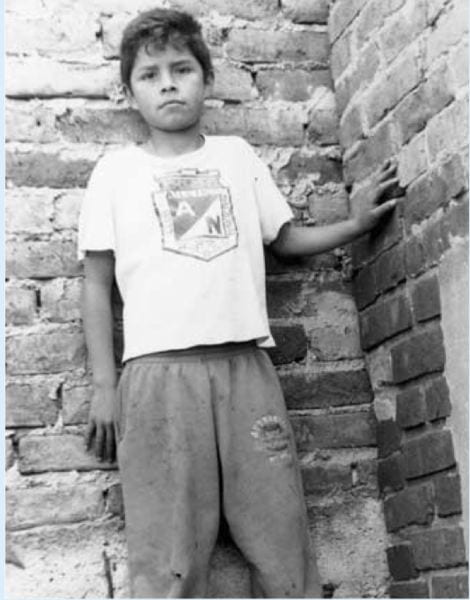
About Children
Our wonderful conversation over lunch the other day got Maya and me to thinking about how some of our best friends are children. Through these friendships we have entered a world we…
Health and Community
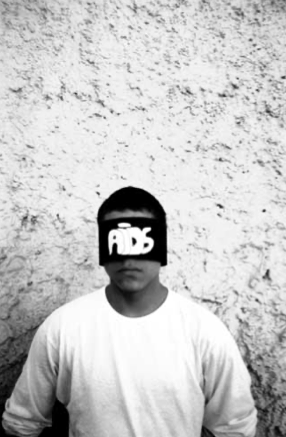
Where the Patient Still Thinks…
Like a row of dolls, they sit in the clinic waiting room—a dozen or so 14- and 15-year-old girls—all dressed nearly identically in navy blue school uniforms. With the television blaring real-life…
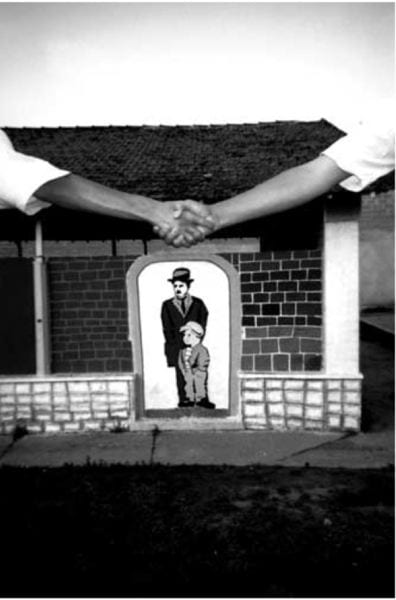
Photography and Citizenship
This photoessay examines how visual literacy might be used as a tool to prevent HIV/AIDS with at-risk children and youth in Brazilian juvenile centers. Visual literacy can be understood as the…

Of the People, By the People, For the People
The children gather around me in a circle on the floor. I show them the small silver tape recorder and microphone I had promised to bring to class in this most rural of communities in El Salvador…
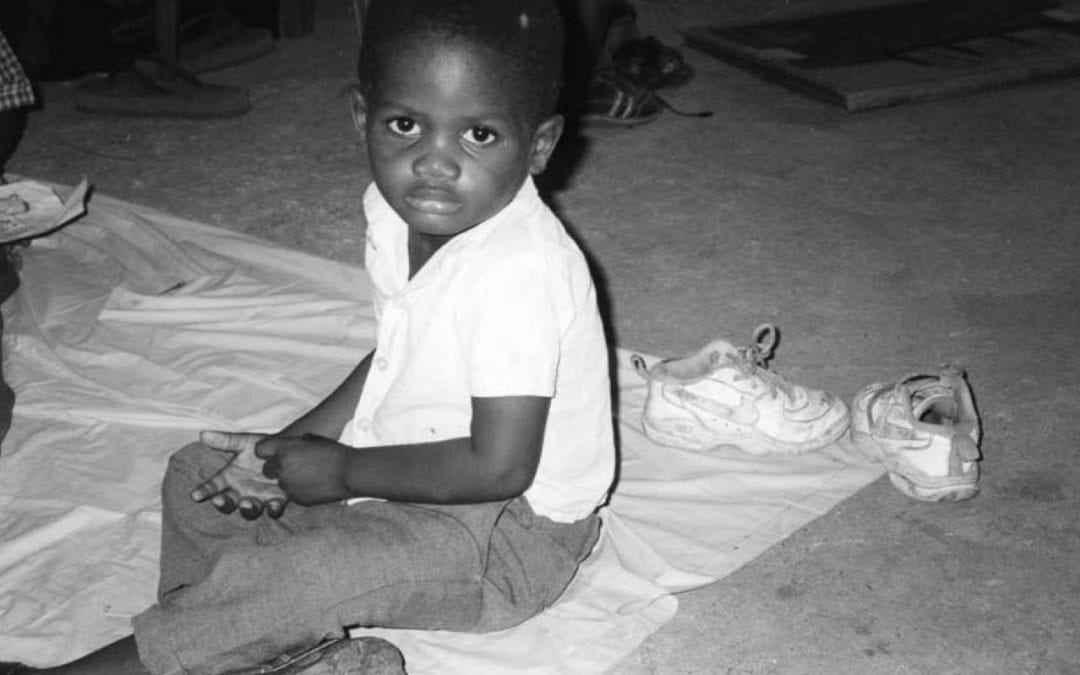
Fostering Child Wellbeing
Children sleep and work on the streets of many countries in the Western Hemisphere. They die too young. Injuries to children—whether intentional or not—exceed those in much of the rest of…
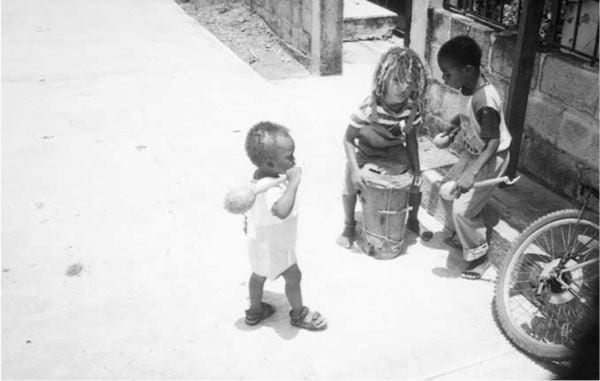
Changing the Untenable
Humberto started to pace back and forth across the floor of the cinder block home, cradling his son in his arms. There had to be a story. In the slum, no one had enough money to stay home…
Culture and Education
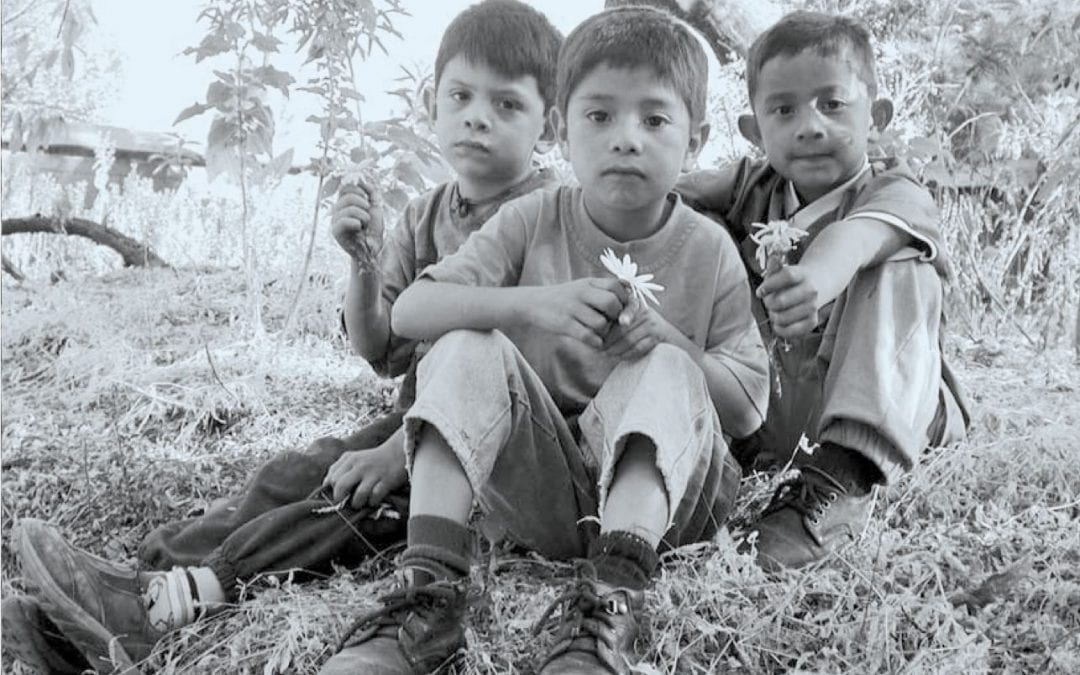
Through the Eyes of Children
Twenty years ago, I put my camera away, suspending a photographic career I’d happily pursued for nearly a decade. I did this after publishing photos I’d taken in a Salvadoran war zone in 1983…
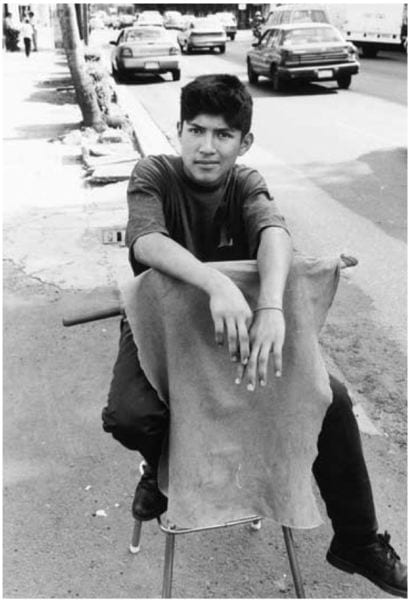
Teen Life
Teen Life In Latin America and the CaribbeanWhat is life like for teens in Latin America and the Caribbean? That's a question I set out to answer when I was approached by Greenwood Press to co-edit Teen Life in Latin America and the Caribbean, with Kristen Sternberg...
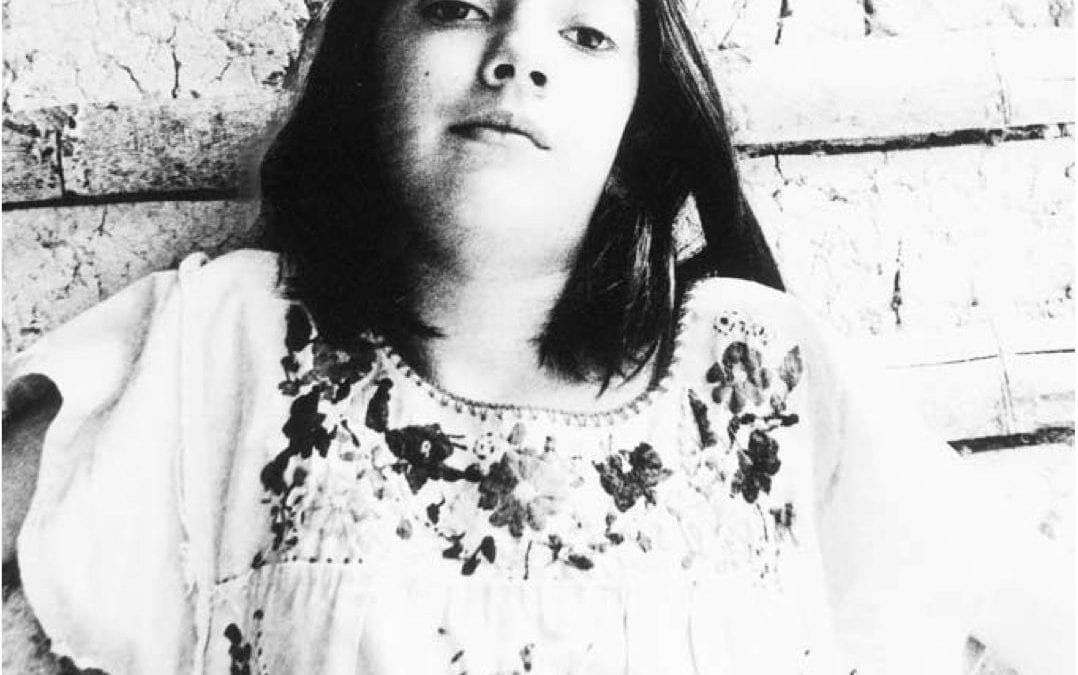
Poverty is not Destiny
A recent study by the American Association of University Women Educational Foundation (2001) made national headlines as it documented that Hispanic women had the highest dropout…
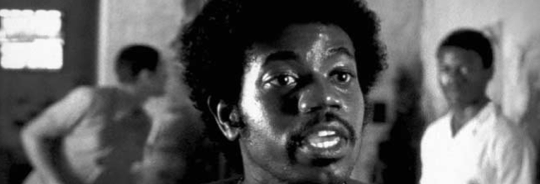
Nós do Cinema
Half a dozen adolescents with indigenous features and urban garments entered the Rio movie theatre, peering curiously all around at the movie posters and filmgoers. This would be the first…
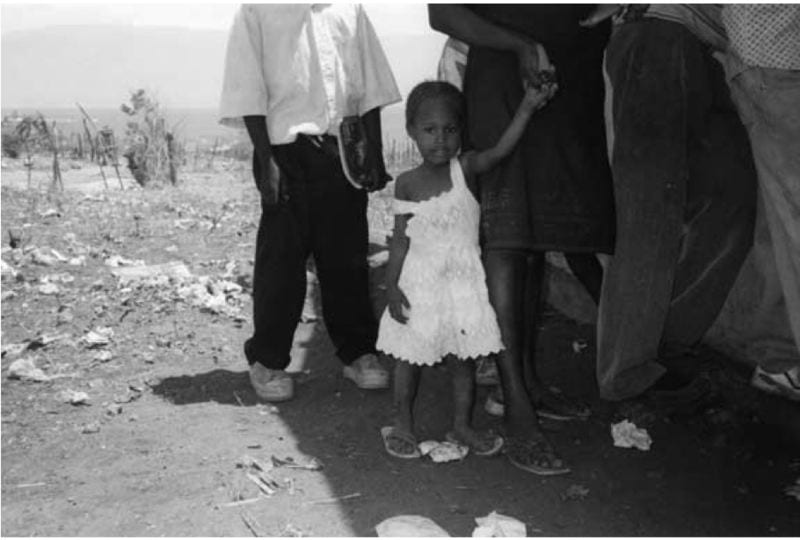
Living on the Border
One out of every three children is an orphan here. The non-profit Proyecto Para Ninos Huerfanos, Inc. on the outskirts of Barahona, Dominican Republic, is both a street outreach…
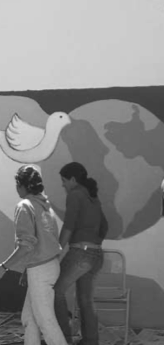
Latinos and School Reform
Ricardo stood shocked. His teacher was telling him, “You should drop out of school and go back to the Dominican Republic because immigrants are taking American tax dollars.” An 11th-grade…
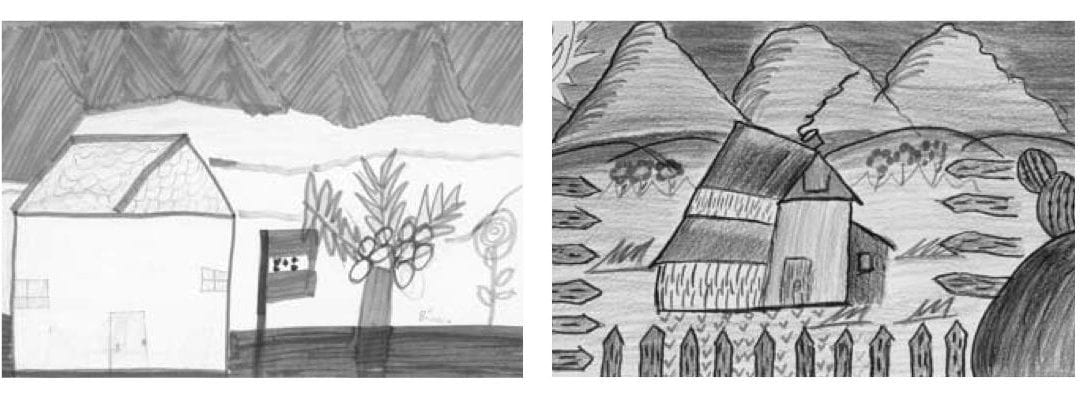
Journey of Remembrance
The Spanish-speaking immigrant children in northern Virginia busily draw what home looked like. Their vivid drawings give us a sense of the environment with which they feel comfortable, a…
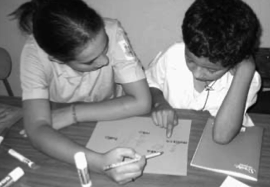
Collaborating with Amigos del Aprendizaje
Three out of every 10 children that enroll in school in Costa Rica will drop out before completing primary school. Moreover, only two of those remaining seven children will graduate…
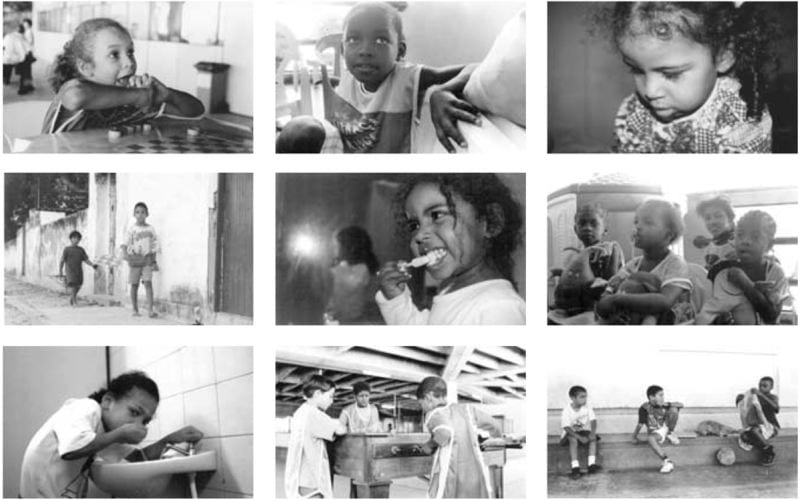
Children of the Favela
In Rio de Janeiro, I spent my time with children of the favela, both on the streets and at the community center Espaço Criança Esperança created by Viva Rio serving the Cantagalo…
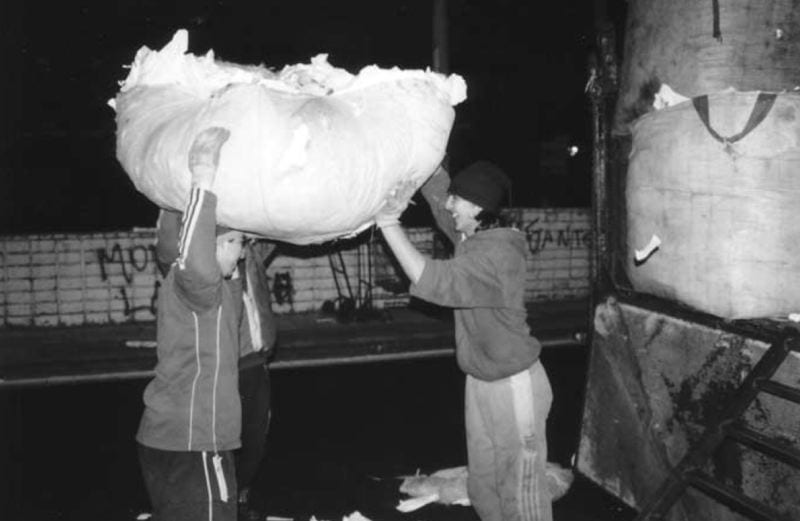
Child Labor in Argentina
A tiny boy no more than eight years old walks along ranks of stopped cars at Plaza Libertad in Buenos Aires. Face and hands dirty, hair disheveled, he asks for spare change. One window…
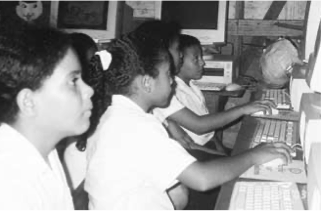
Booting Up Amid Flattened Frogs
I have barricaded myself into the sweltering Marbella computer lab to write, on the day of my ReVista deadline. The light bulb doesn’t work, and little children keep interrupting me, but it…

Academia Boston de las Artes
The Pedro Goyena school no. 21 sits on a dusty street in the remote town of Charata in northwestern Argentina. The flat soybean fields in this region go for miles, and the heat can…
Book Talk

Irregular Armed Forces and their Role in Politics and State Formation
As I sat in heavy traffic in the back of a police car during rush hour in the grimy northern zone of Rio de Janeiro, I studied the faces of drivers in neighboring cars, wondering what they thought of…

Linchamientos: ¿barbarie o justicia popular?
If you have stumbled on one of those news stories telling how an angry mob turned a suspected criminal into a human torch in Guatemala and wondered how such medieval violence can take…
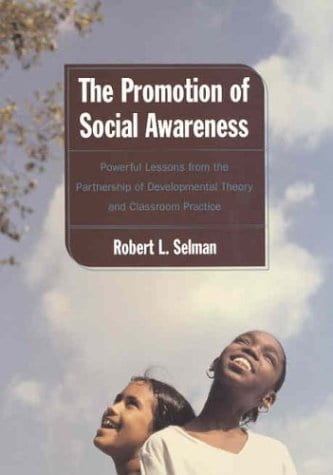
The Promotion of Social Awareness
When picked on, some children choose to fight and others choose to walk away. What accounts for these different responses? This is just one of the many questions that Robert Selman, an…
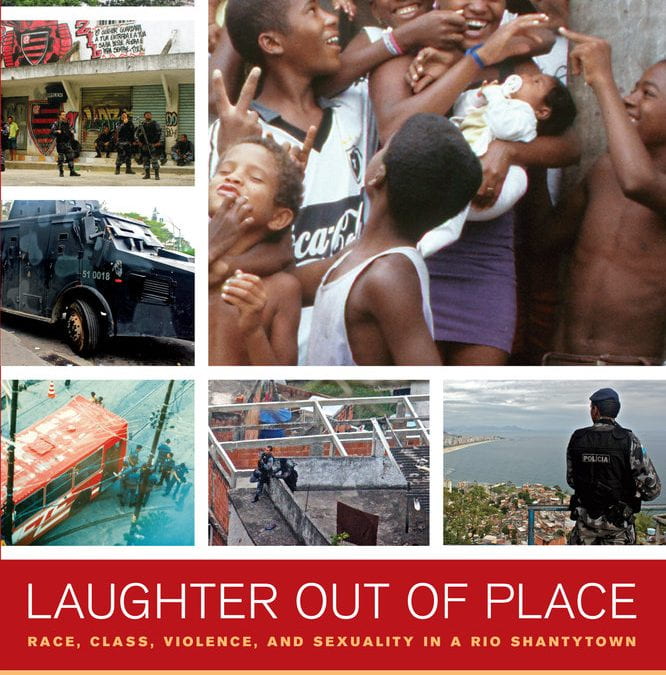
Laughter out of Place
The personal lives of the poor and disenfranchised are often not examined by researchers concerned with political and socio-economic forces that make their impact on poor…

Sex and the State
Abortion, divorce and gender equality in the family are three of the most controversial policy issues that Latin American governments have faced in the twentieth century. Yet for too long…
